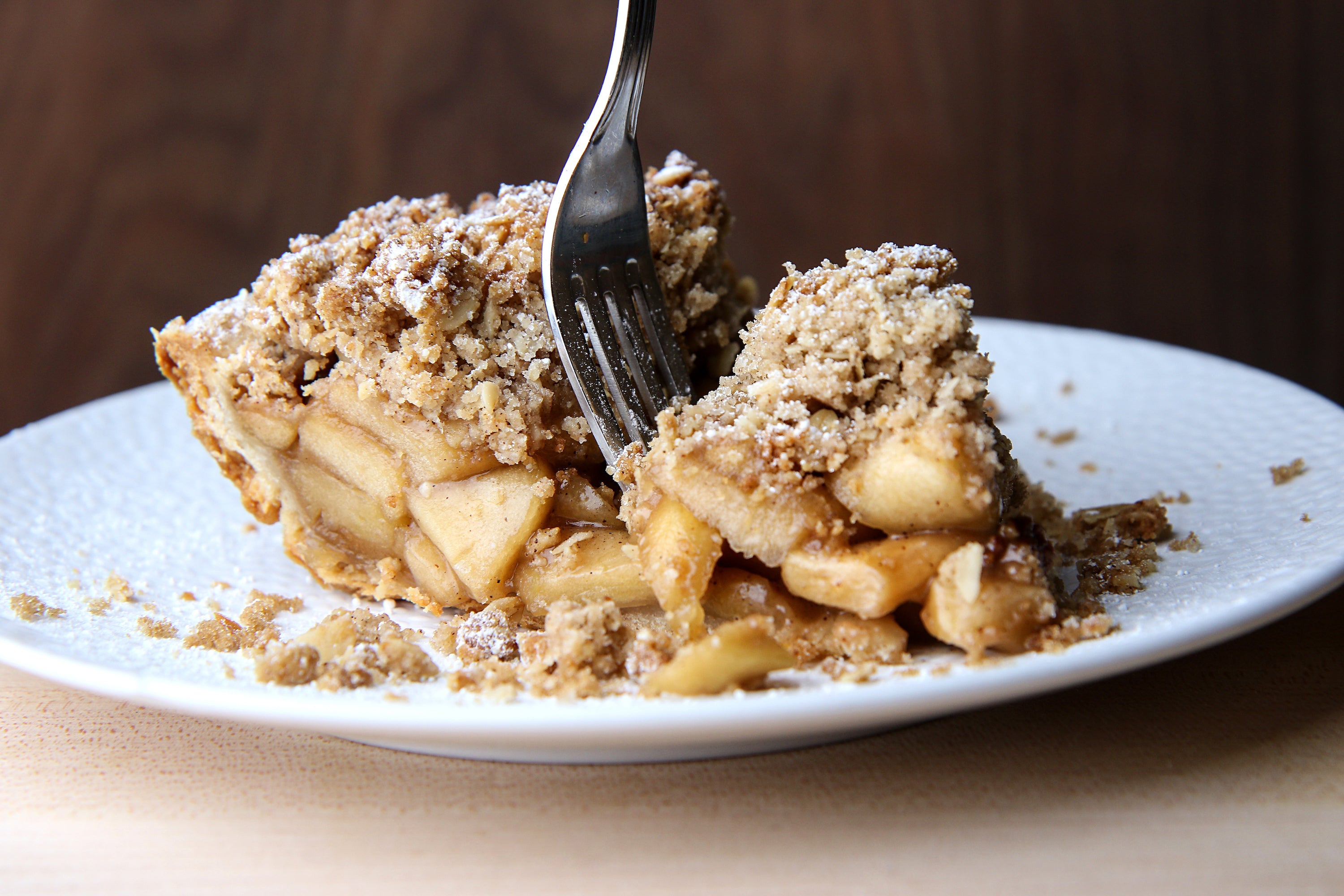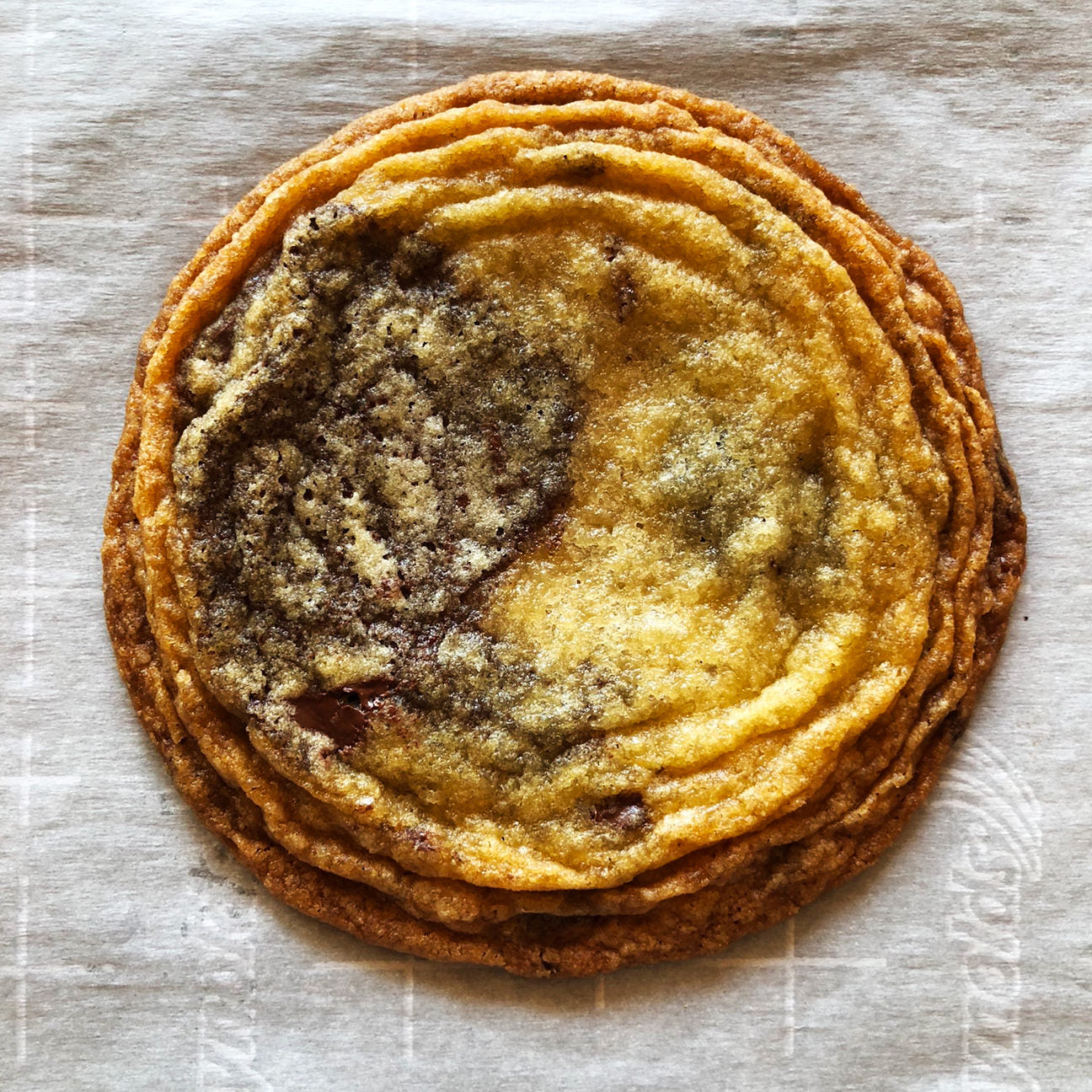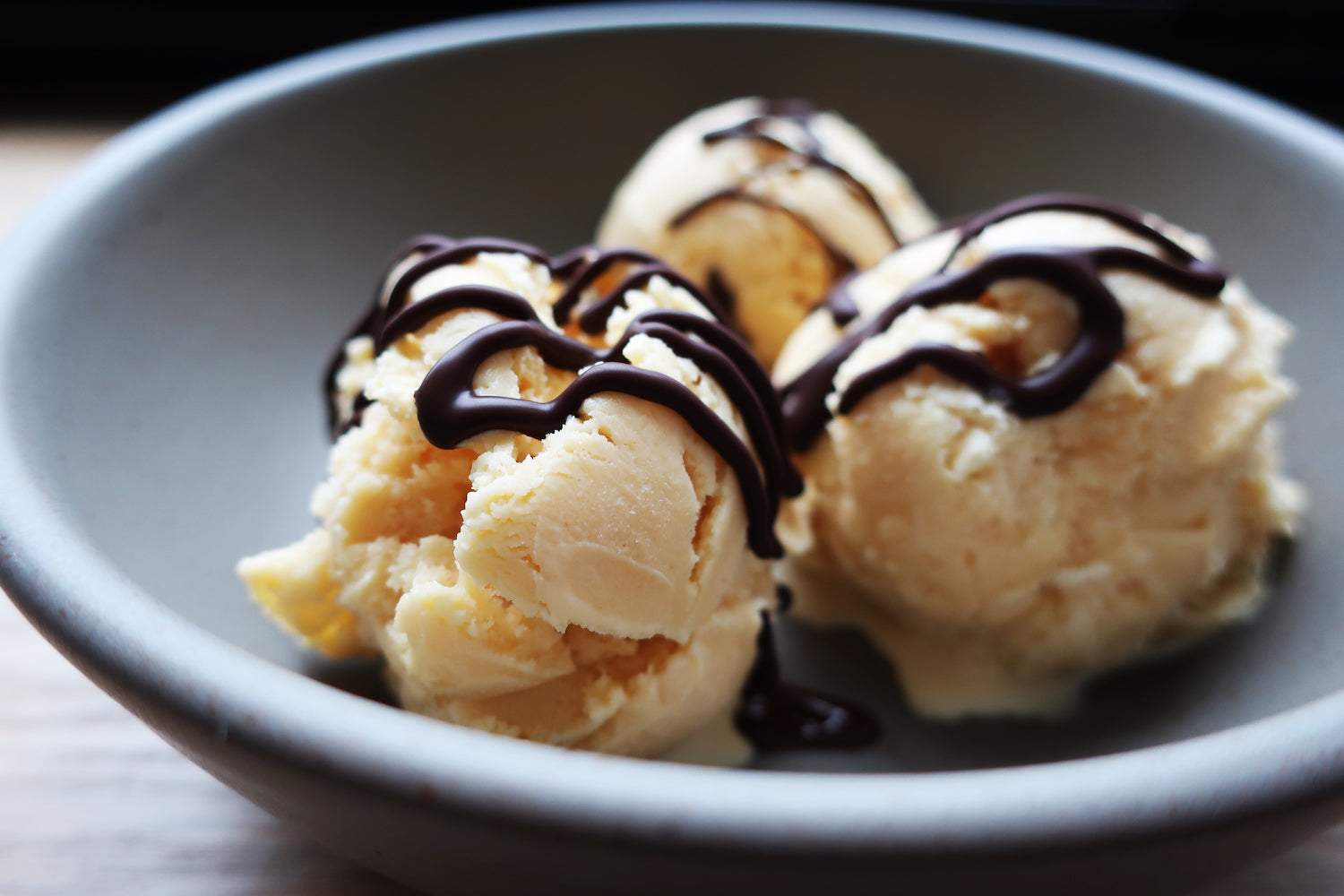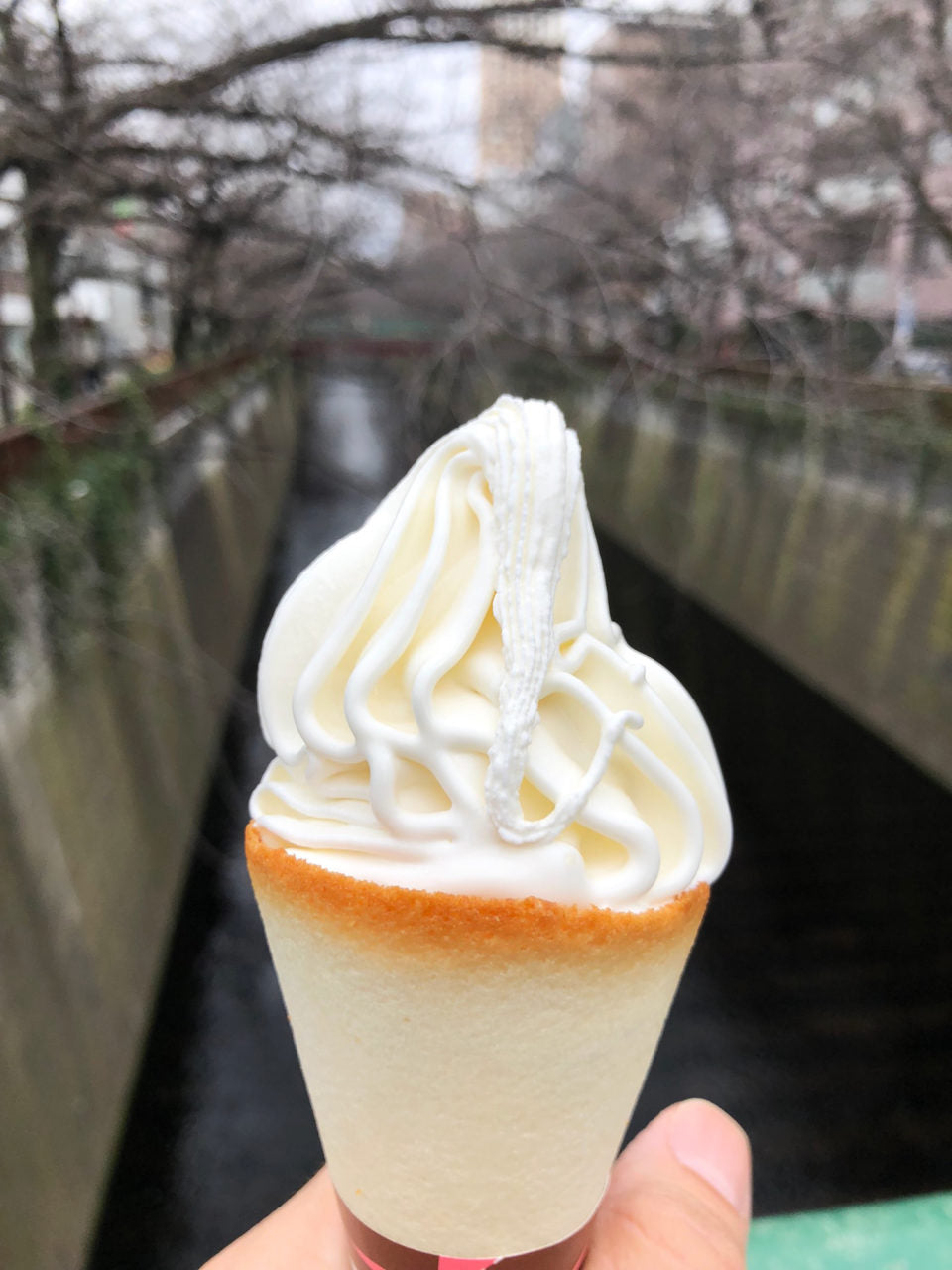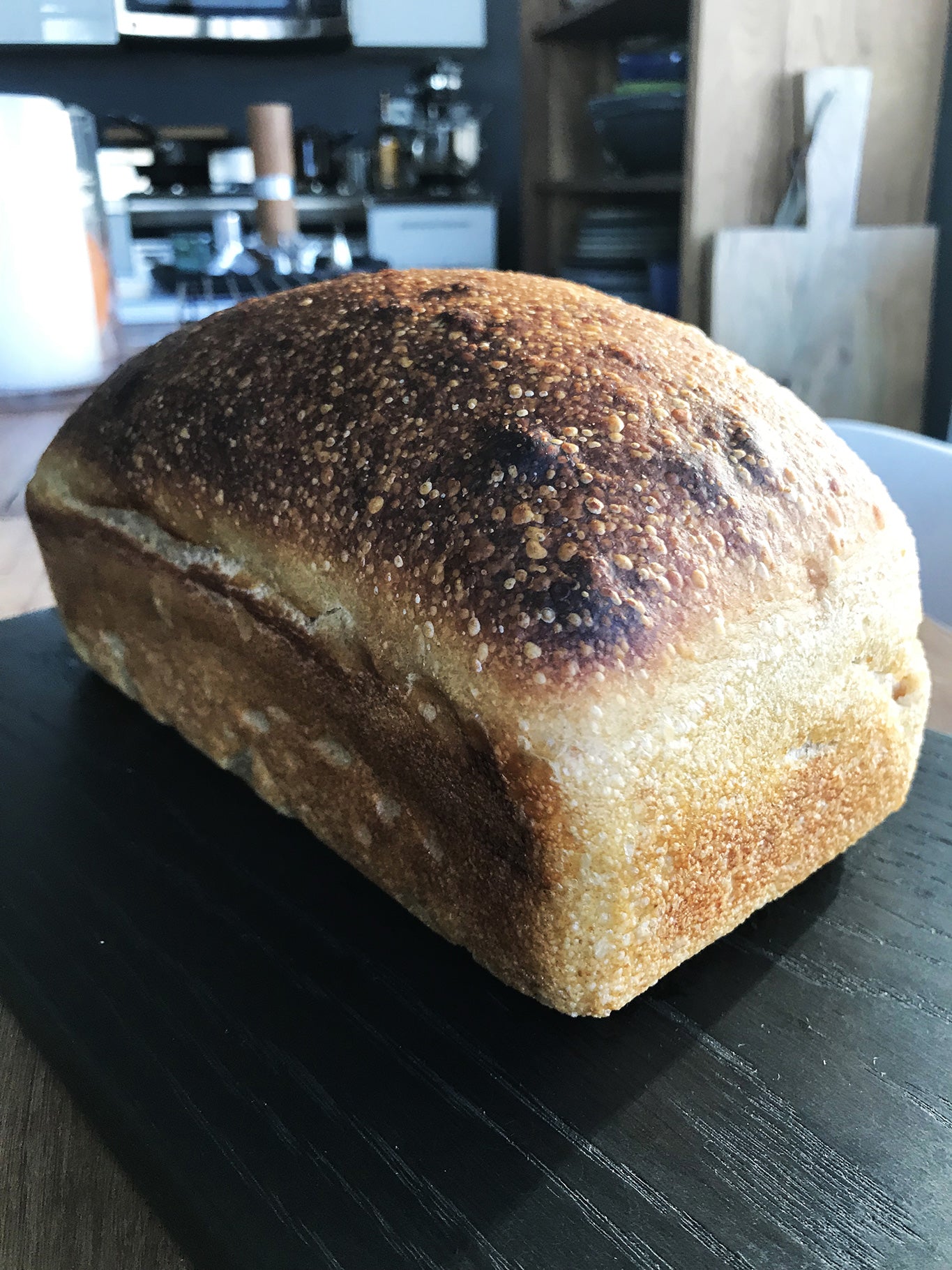Secrets of a Recipe Tester : Behind Baked Occasions
Pure and Simple: Great cookbooks are made possible by great recipe testers (and a slew of other talented beings).
For our latest cookbook, Baked Occasions, we were lucky to work with some of the hardest working butter/flour/chocolate/sugar addicts across the country. They tested many recipes, many multiple of times, and they were not timid (thank you…I think) in their critiques. Though we have not met all of our testers face-to-face (yet!), we really feel like we got to know them via their feedback and photos (it’s a digital world after all). Over the next few weeks, we will introduce you to some of our book testers, but first…I would like to introduce you to big mamma Sheri Codiana. Sheri organized the testing process. Seriously. Top to bottom. She deployed spreadsheets and online forms and photo sharing sites and kept me in line during the whole process. Thank you Sheri.

Please explain your background. How do you balance working full-time in a different field entirely? How did you come to work in food and recipe testing part-time?
I’m an engineer by training and can’t seem to make the permanent break from tech. But I took a year and a half off between jobs a couple of years ago and went to culinary school full-time. I was one of eleven in the first graduating class at San Francisco Cooking School, did my externship at Bar Tartine restaurant in San Francisco and am an occasional stage with the bread baker at Manresa in Los Gatos. Food is definitely where my passion lies. I usually have at least one culinary project going on outside of my full-time job – sometimes it makes for a very busy schedule. I hope to someday make the switch to working in food full-time.
I started recipe testing casually before culinary school – really, just dabbling, but then started really pursuing work in the field after culinary school. Recipe testing comes naturally to me, as someone who is detail oriented and organized. Culinary school gave me additional skills to help with the recipe development and technique side of things.
What other books have you worked on?
Baked Elements, Melt (Stephanie Stiavetti and Garrett McCord), Yogurt Culture (Cheryl Sternman Rule) Bar Tartine (Cortney Burns and Nick Balla), Brew Better Beer (Emma Christensen)
You were a godsend on this book. And I think your online data collection tools (no doubt inspired by your current career) should be deployed to all cookbook writers everywhere. Can you describe the simple processes you set up, and how the feedback loop works?
It’s probably not a coincidence that I’m a data-hungry person and that I work at Netflix. It suits me very well. I used Google Docs for raw data collection. I created a poll for tester background information (what kind of equipment/ingredients they use, how much experience they have, etc), and then another poll for post-recipe testing feedback that spit data out into a spreadsheet.
Once we had raw data, I would send a cleaned up version of the spreadsheet back to you. I had a different spreadsheet to track who tested what recipe and when, and when we sent it out and when we got the results back from each tester. We had a goal of a10-day turnaround for each recipe, and the testers were all fantastic about powering through multiple iterations of each recipe (we had 170 feedback reports to sort through). In addition to the survey, recipe testers were encouranged to mark up their electornic copy of the recipe – this provided more context and helped troubleshoot more challenging recipe issues.
I also used dropbox – each tester had a repository so they could upload photos, which I moved to a Flicker account for sharing with the Baked team (because a picture is worth a thousand words, and can reveal details that aren’t covered in written feedback).
Each recipe was tested by at least two people, and if there were open questions or clear issues, we’d send it out for more testing (sometimes after revision).
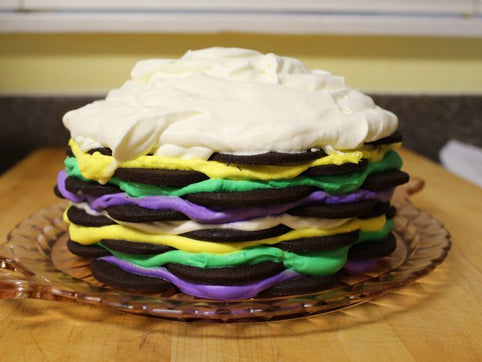
Gay Cake – Mardi Gras style
As the Chief in Staff of Baked Occasions testing, you probably saw every recipe (even if you didn’t make every recipe) in every state. Can you tell me the one recipe that you fell in love with (or obsessed over) from the get go?
The “Gay Cake”, as it has come to be known. I first tried it at the photo shoot, and it was fantastic. It reminded me of childhood (that Nabisco Famous Wafer and Cool Whip refrigerator cake), but it’s so much better. And it seems so simple – just homemade chocolate wafers and whipped cream.
The cake at the shoot was made by the bakery staff. I was the first to recipe test it at home, and it was a disaster. The cream became overwhipped as I added food coloring, the cookies were too thick and didn’t soften, and the food coloring bled all over between the layers. After it was revised, it was sent out to test again, and was slightly more successful, but still problematic. Then I made it about a million more times. I roped in a coworker who’s a great cook to help me roll out cookies (Carenina, I promise, you never have to make the Gay Cake again), and we ate a lot of cake. I made a version that was purple, green and yellow for Mardi Gras. I made pink and white versions. I made rainbow versions. I was gratified when it finally came out successfully every time. It’s beautiful. It’s named “Rainbow Icebox Cake with Homemade Chocolate Cookies” in the book, but I’ll always call it The Gay Cake.
Other than that, I fell in love with the Brown Sugar Praline Ice Cream Cake. And the Derby Balls are a favorite at work (my coworkers get a lot of baked goods).
On the flip side, can you tell me the one recipe that made you think “What the hell are the Baked guys doing here”?
Oh, the Mega Easter Pie. It’s a meat and cheese pie. Meat! And cheese! Although, it’s truly a Baked recipe in its heart and soul – quirky, decadent, homey. The recipe makes a perfect pie crust, so even if you don’t like ham and cheese, it’s worth its weight in gold. And it tested well.
Recipe testing is harder than most people think. Can you describe some of the difficulties in testing in general (i.e. does not have to be specific to Baked Occasions)?
Remembering to take very detailed notes on everything at every step of the way – timing, ingredient brands, amounts, weights, oven temp (actual temp, measured with an oven thermometer). I take a lot of photos along the way and make notes on a hard copy of the recipe, and it’s important to write up feedback right away so it’s fresh. Fancy equipment is the enemy of recipe testing (for example, I have to I borrow a low-end blender for testing since that is what most people use in home kitchens). Recipes need to be able to recover gracefully from common mistakes.
…and the best part about recipe testing in general?
Eating the results. And seeing a cookbook take shape after heavy-duty testing. When a recipe really works, it’s very satisfying.

Hunter S. Thompson cake (2 Versions)
Now, the fun part:
Favorite meal to make: Dessert’s a meal, right? Dessert.
Current favorite restaurant: Bar Tartine. I’m biased since I did my externship there, but it’s really great.
Favorite dessert to make: Ice cream. Especially if it has caramel in it.
Favorite dessert from the Baked oeuvre (of 4 cookbooks): Sweet & Salty Brownies. And anything with caramel.
5 favorite cookbooks:
Baked: New Frontiers in Baking
The Weekend Baker (Abby Dodge)
Flour (Joanne Chang)
Super Natural Every Day (Heidi Swanson)
The Modern Vegetarian Kitchen (Peter Berley)
The one food you absolutely won’t eat: asparagus
Favorite holiday: New Year’s Day
Thanks Sheri! (If you need a cookbook tested, do not hesitate to contact Sheri…as long as the book is light on asparagus).

